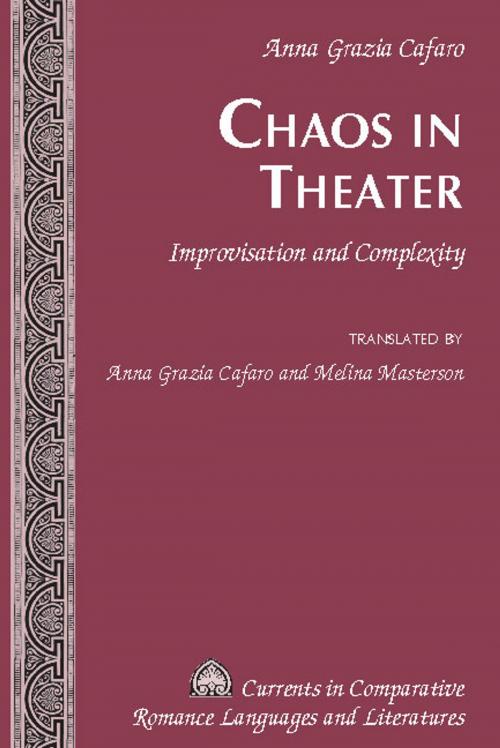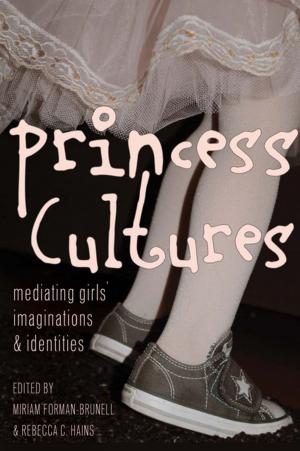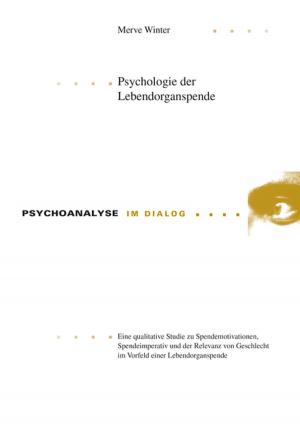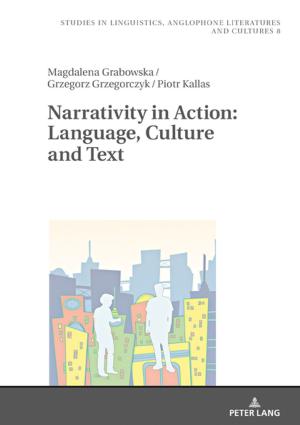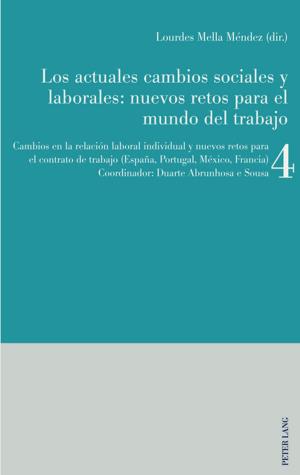Chaos in Theater
Improvisation and Complexity Translated by Anna Grazia Cafaro and Melina Masterson
Nonfiction, Entertainment, Theatre, Performing Arts, Drama| Author: | Anna Grazia Cafaro | ISBN: | 9781433137099 |
| Publisher: | Peter Lang | Publication: | November 24, 2016 |
| Imprint: | Peter Lang Inc., International Academic Publishers | Language: | English |
| Author: | Anna Grazia Cafaro |
| ISBN: | 9781433137099 |
| Publisher: | Peter Lang |
| Publication: | November 24, 2016 |
| Imprint: | Peter Lang Inc., International Academic Publishers |
| Language: | English |
Have you ever prepared a speech until you knew it by heart and then found out that, when the moment arrives, the surprise and uniqueness of hic et nunc are inevitable? No matter how much you prepare a text, it will need improvisation to be used on a stage or in the street. But, what is the limit between improvisation and technique, experience and training? Can we scientifically measure the improvisation of a text?
This work aims to investigate in which dimension art meets science and how it happens. Artists need to discover new conceptual instruments that contribute to the probing of the laws of matter, social existence, and the human mind. The rigorous and fascinating trip that Anna Grazia Cafaro proposes to capture the sense, function, and nature of the actor’s improvisation is a splendid and a unique example of a “new alliance” between art and science, predicted forty years ago by the scientist Ilya Prigogine and the philosopher Isabelle Stengers.
Thanks to the application of Chaos Theory to the theatrical processes, attempted here for the first time, the actor and the performance are analyzed as “complex dynamic systems” like a cell, in which, paradoxically, chaos and order coexist and maintain the system in balance; the continuous passages from chaos to order, create the necessary tension and energy that allows the spectator to build his own meaning.
Despite the complex theoretical concepts this book is written in an accessible language and includes clear examples that make it comprehensible to a wide audience. It is perfect for students of theater, practitioners, scholars, and anyone who is curious about communicative mechanisms. It can be used in theater, science, comparative literature, and philosophy departments.
Have you ever prepared a speech until you knew it by heart and then found out that, when the moment arrives, the surprise and uniqueness of hic et nunc are inevitable? No matter how much you prepare a text, it will need improvisation to be used on a stage or in the street. But, what is the limit between improvisation and technique, experience and training? Can we scientifically measure the improvisation of a text?
This work aims to investigate in which dimension art meets science and how it happens. Artists need to discover new conceptual instruments that contribute to the probing of the laws of matter, social existence, and the human mind. The rigorous and fascinating trip that Anna Grazia Cafaro proposes to capture the sense, function, and nature of the actor’s improvisation is a splendid and a unique example of a “new alliance” between art and science, predicted forty years ago by the scientist Ilya Prigogine and the philosopher Isabelle Stengers.
Thanks to the application of Chaos Theory to the theatrical processes, attempted here for the first time, the actor and the performance are analyzed as “complex dynamic systems” like a cell, in which, paradoxically, chaos and order coexist and maintain the system in balance; the continuous passages from chaos to order, create the necessary tension and energy that allows the spectator to build his own meaning.
Despite the complex theoretical concepts this book is written in an accessible language and includes clear examples that make it comprehensible to a wide audience. It is perfect for students of theater, practitioners, scholars, and anyone who is curious about communicative mechanisms. It can be used in theater, science, comparative literature, and philosophy departments.
